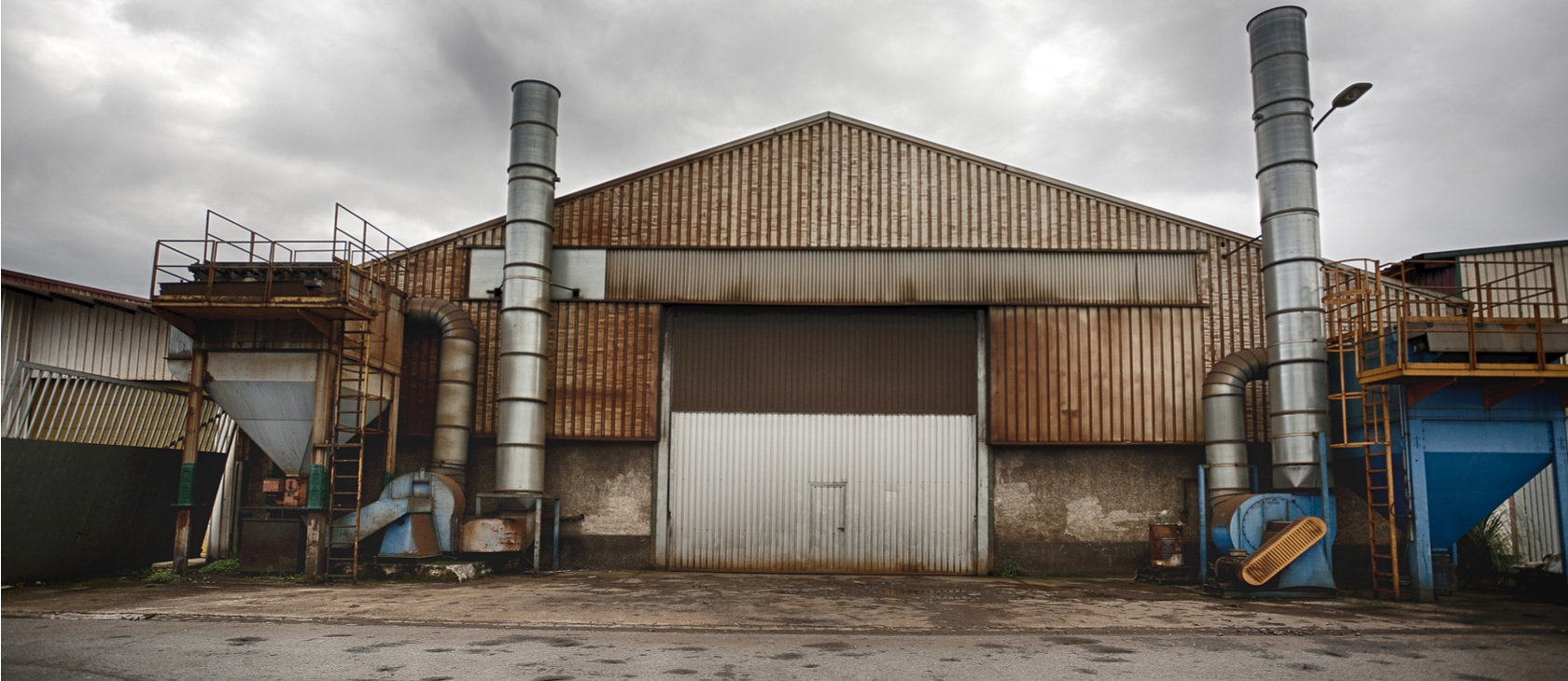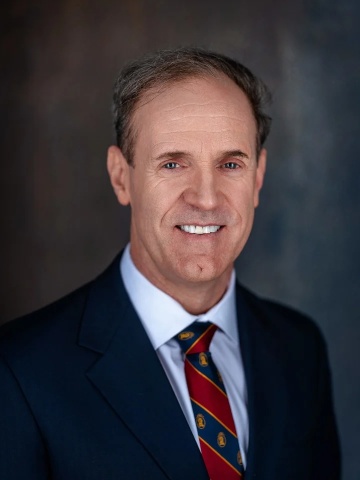America’s low rate of economic growth reflects deep-seated problems that we’re not addressing.
Economic data flood our screens these days. But there’s one number upon which everyone should focus: The rate of economic growth in the Gross Domestic Product (GDP). It shows an increase in an economy’s ability to produce goods and services.
How is America doing? Not well. In the first quarter of 2017, the U.S. growth-rate was a mere 0.7 percent. That’s the lowest since 2014. In fact, between 2010 and 2016, the economy grew at an annual average of only 2.1 percent. That’s more than one percentage point lower than the average rate of 3.21 percent since 1947.
But why should we care? At the moment, America’s unemployment rate is below 5 percent. Surely, some say, what matters is that the economy doesn’t shrink. In our equality-obsessed age, should we accept a lower and slower rate of growth if it means the benefits are distributed more evenly?
Unfortunately, a persistently low growth rate usually means there are deep-seated problems in the economy. If they aren’t addressed that means problems in the long-term for all of us. Especially for the less-well off.
Low Growth Reflects Low Innovation and Overregulation
America has long celebrated entrepreneurship. Innovation is crucial for spurring growth. Through it, individuals and businesses can turn once low-value resources into highly-desirable goods and services.
Alas, we’re losing our edge. Sign after sign points to marked slowdown in innovation throughout America. One measure is new patents issued for inventions. Those numbers show the United States falling behind other countries. A recent report released by the Kauffman Foundation warns that “entrepreneurial dynamism remains in a decades-long decline” in America.
America is becoming middle-aged. It’s a more risk-adverse, economically-complacent nation.
Some economists argue that this is broader trend. America is becoming middle-aged. It’s a more risk-adverse, economically-complacent nation. We still talk about being a vibrant market-driven society. But much of America has adopted the economic and cultural priorities of your average European social democracy.
Closely linked with declining innovation is stifling regulation. According to a 2016 Mercatus Center study, “Economic growth in the United States has, on average, been slowed by 0.8 percent per year since 1980 owing to the cumulative effects of regulation.” Both parties have been complicit in this trend.
Keep spinning new regulations, and the result is clear. It influences the decisions made by investors and entrepreneurs — usually for the worse. Excessive regulation may, for instance, cause people to invest in an area of the economy that’s freer but less productive. Dealing with regulatory barriers can be tiresome and expensive.
It gets worse. Over-regulation can encourage businesses and potential entrepreneurs to play the crony capitalist game. They decide they’re better off working to extract privileges from the government. It’s easier than innovating. Consumers lose out on new and improved products or services, and lower prices.
Low Growth Hurts the Poor
Economic growth means little unless it serves people and promotes their well-being. That’s especially true when it comes to the less well-off. The good news is that rapid and high growth is a sure-fire way to improve the poor’s economic well-being.
Many studies prove it: Strong growth is the most important contributor to real and lasting reductions in poverty. This isn’t only because of the growth itself. It’s also because economic growth depends on the existence of particular institutions, most notably strong private property rights and the rule of law.
Strong growth is the most important contributor to real and lasting reductions in poverty.
If these institutions are in place, entrepreneurs and businesses are more likely to take risks and make long-term investments. That’s what fuels the enduring growth that takes people out of poverty. Growth creates higher demand for one of the few resources possessed by the poor—their labor. Years ago, the OECD observed that “real wages for low-skilled jobs have increased with GDP growth worldwide, which indicates that the poorest workers have benefited from the increase in global trade and growth.”
Of course, it’s not as simple as this. Much depends on which sectors of the economy are growing. If, for instance, high-tech industries are expanding, it enhances the job-prospects of those with more technical skills, something the poor often lack.
What’s often forgotten, however, is what’s called the multiplier-effect. As one report states, every job created, for instance, in the high-tech sector contributes to the formation of 4.3 additional jobs in the local goods and services economy. While that includes other high-skill jobs like dentists, it also includes lower-skill retail jobs.
If You Care about Human Flourishing, Promote Growth
Now retail jobs are often part-time at lower wages. But they’re still important. Many people need part-time employment. Think of students who want to help pay for their studies. A part-time job often allows one parent in a family to look after the children while also contributing to the family’s overall income.
All this is usually put at risk in low-growth or negative-growth economies. The rich can look after themselves. The poor, however, cannot. They don’t have the assets to weather the storm.
Economic growth isn’t the solution to all of humanity’s problems. As no less than Adam Smith understood, it’s a means to an end — not an end in itself. It can even fuel the perennial temptations associated with materialism. But that’s no excuse for trivializing growth. It is hugely important to societies that want to reduce poverty — and achieve less material goals, like increasing education. It’s harder for people to pursue goods like education or fulfill their family responsibilities in an anemic or stagnant economy.
Put another way: if America wants to be great in the fullest sense of that word again, more lasting and higher economic growth isn’t an optional-extra. It’s a necessity.
This article was originally featured in The Stream on May 8, 2017.




